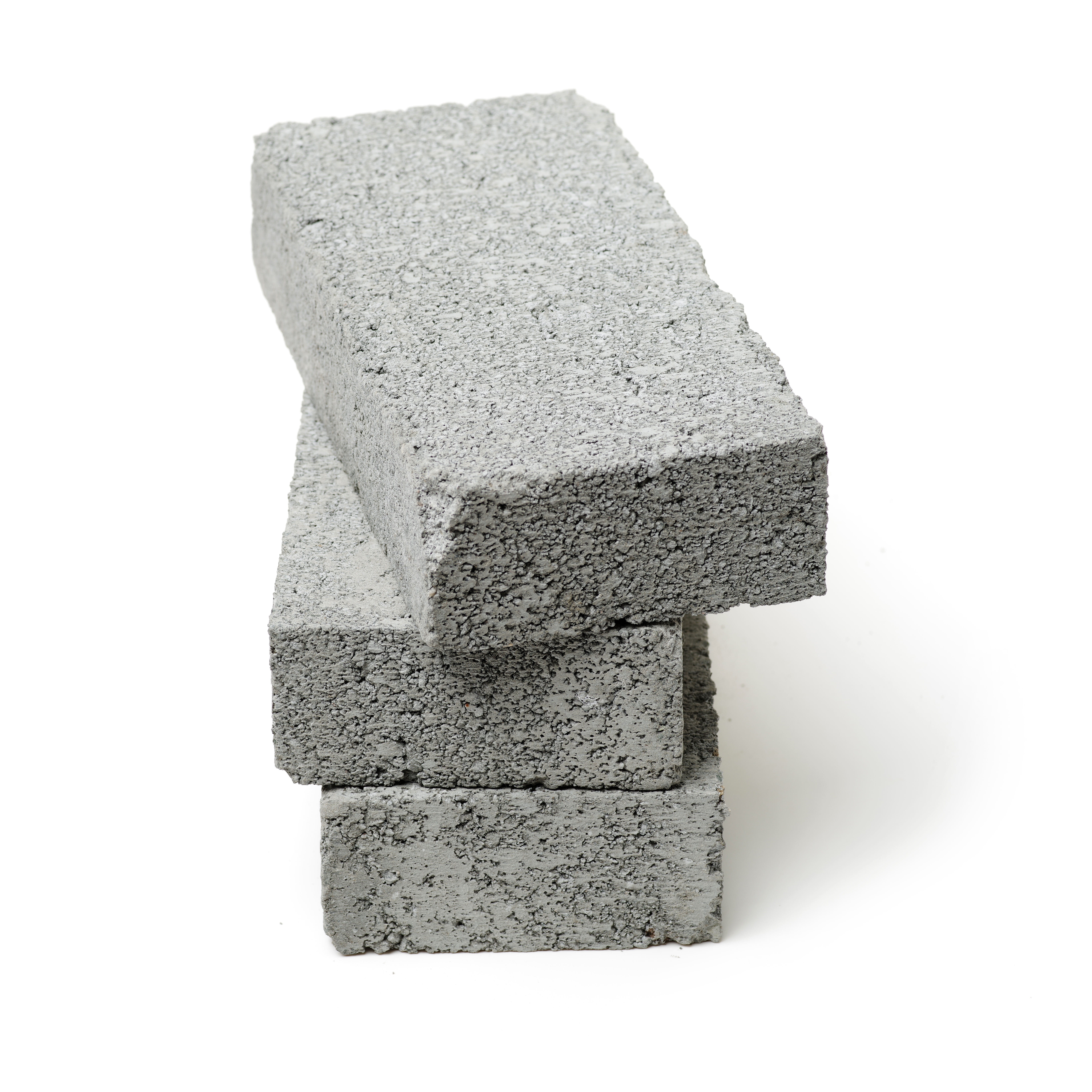Concrete blocks are basic materials needed to build great and sturdy structures. These blocks are usually made from a mixture composed of cement, gravel, and other materials depending on its use.
Concrete blocks are divided into two types: hollow and solid. Both have their own sets of pros and cons and it’s best to know them by heart.
Solid Blocks
Known for its whole shape and heavy mass, solid blocks are thick pieces of concrete made from leaner mixes. These materials are commonly used for active structural elements in infrastructure projects since it offers better stability. Solid blocks are also easier to produce due to its basic composition.
Despite its benefits, this type doesn’t offer good thermal insulation and can only be used for a limited range of applications. Producing it is also more expensive since it requires more bags of mixtures.
Solid to!
Hollow Blocks
Best known for its various designs, hollow blocks are known for its lightweight status and easy-to-use features. These are usually made from richer mixes with holes that take up about 25-50% of its composition. These holes, also called hollows, are a great help in terms of thermal and sound insulation.
Best of all, hollow blocks can accommodate reinforcing materials like steel rods. Even when stacked, these pieces are easier to carry than its chunkier counterpart. It also requires less mortar or plaster to fill in.
Hollow inside but still going strong.
Which one should you use?
Both materials have their edge in the field of construction. However, you can utilize them to their full potential if you combine them with the right purpose.
Solid blocks work best for load-bearing walls in your house or building. They can also be used for pavings and other projects where holes can be dangerous or inconvenient.
On the other hand, hollow blocks are more versatile materials. They can be used in building large structures. These items can also serve as conduits for electrical wiring and HVAC piping. Best of all, its cost-efficient design also pools back more money for the project.
Projects come to life when you have everyone’s uniqueness onboard. Just like other materials, hollow blocks and solid blocks can go hand-in-hand when building any structure. What matters is how you use them and how it benefits the project’s turnout in the long run.
![]()












